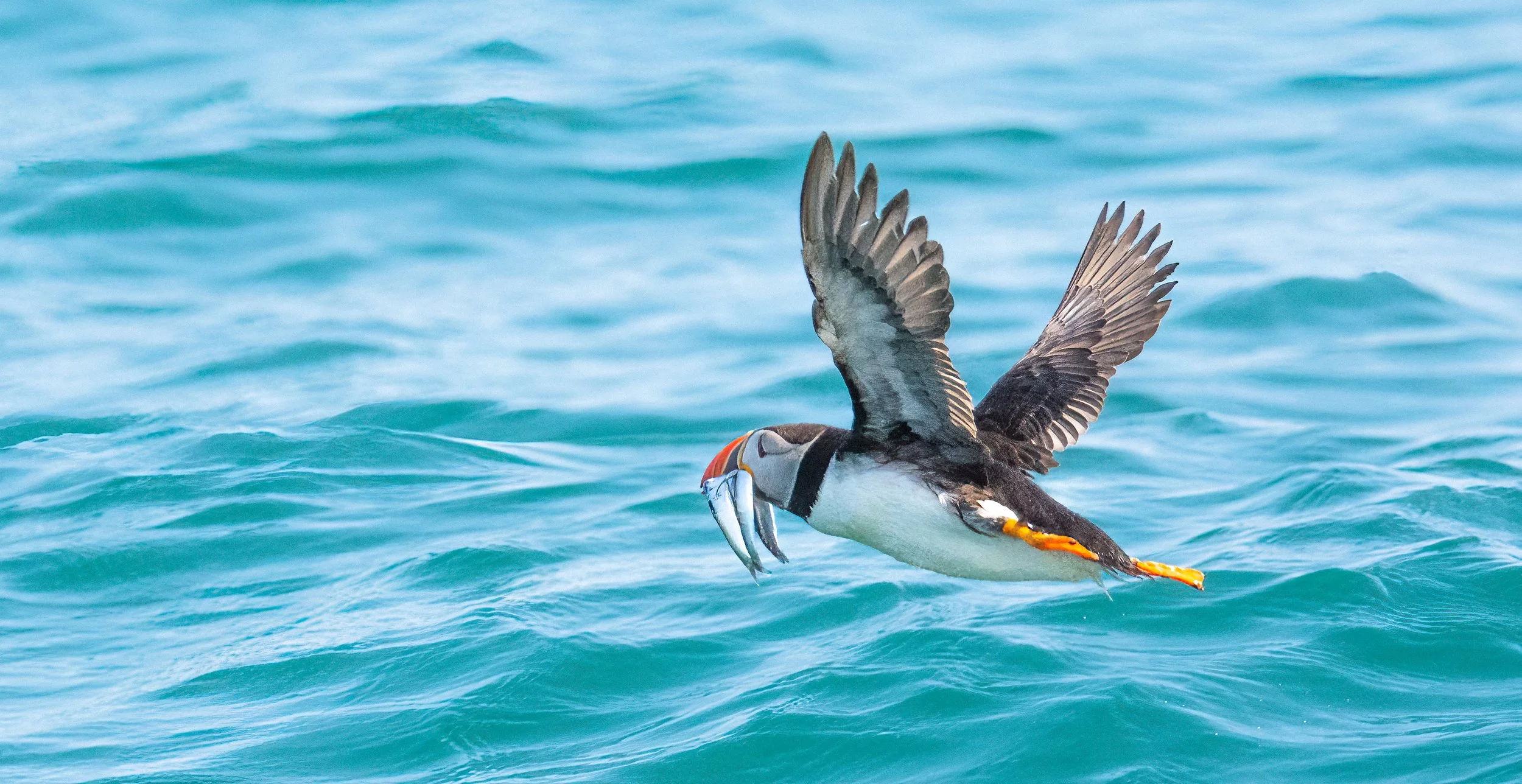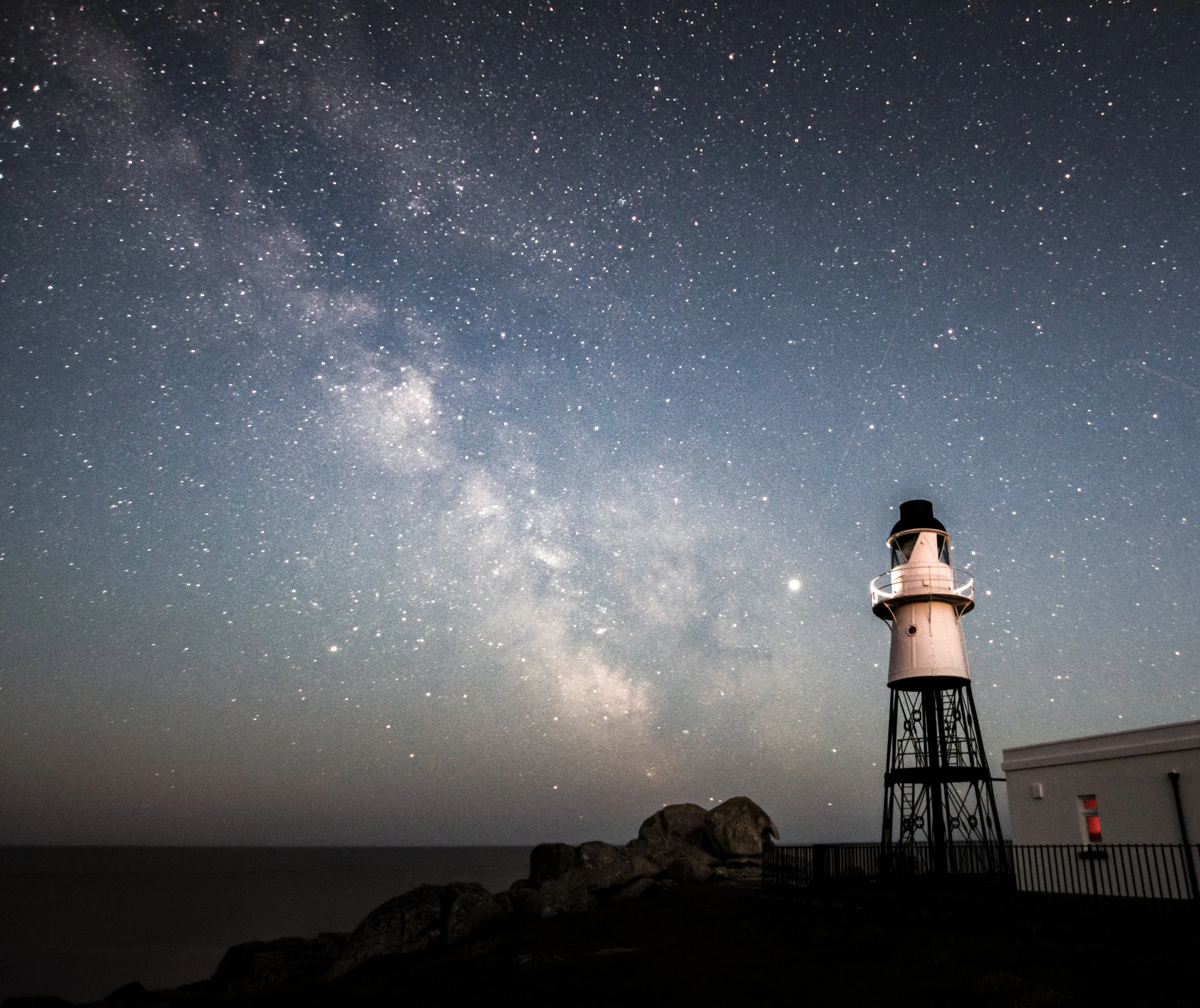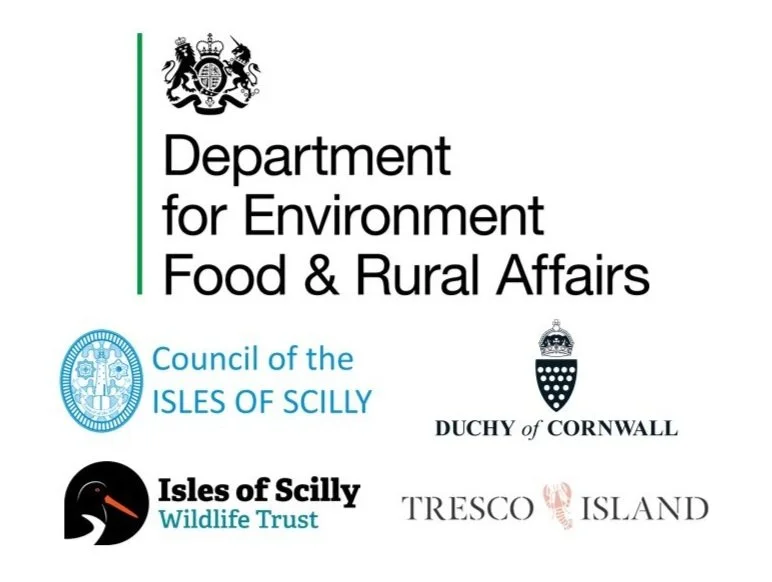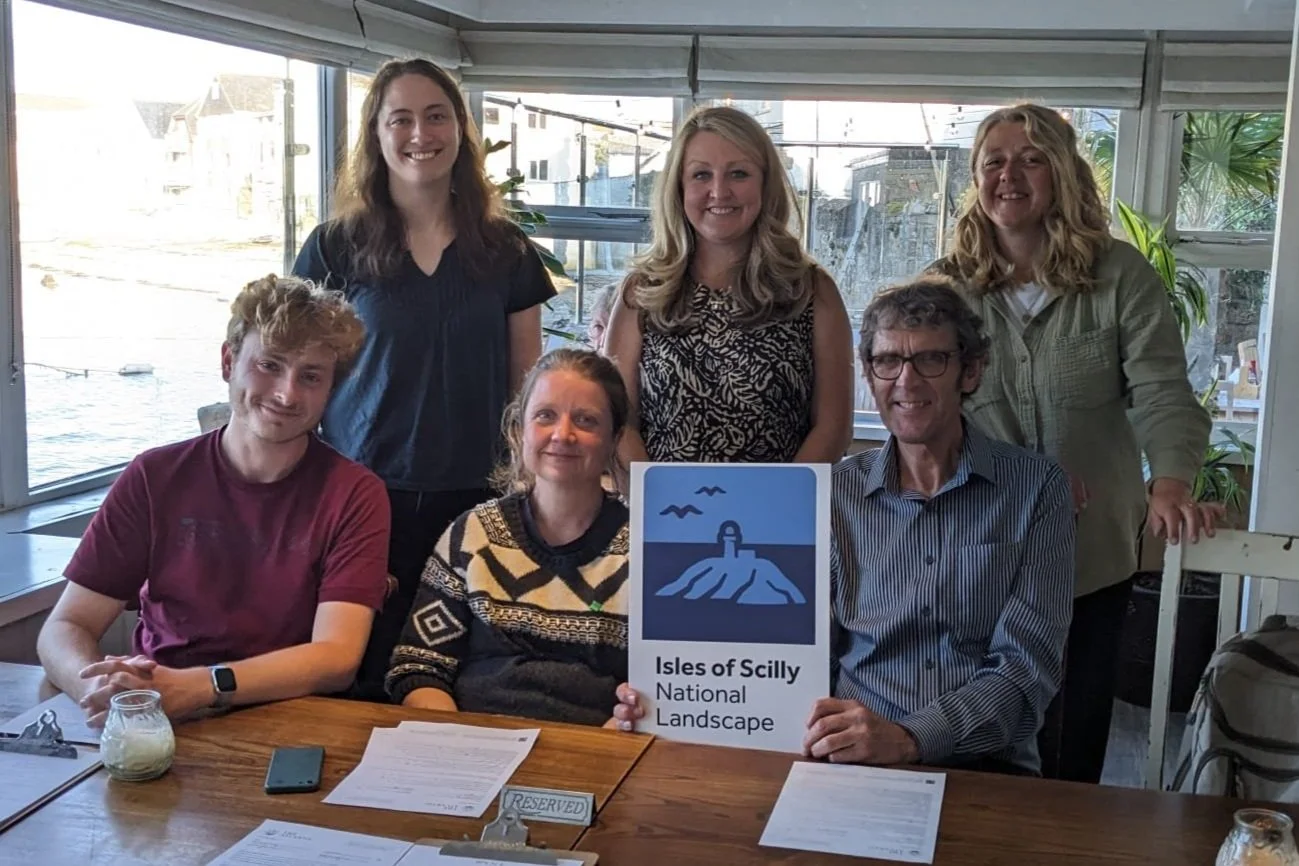Help us protect your landscape through feeding back on our next Management Plan!
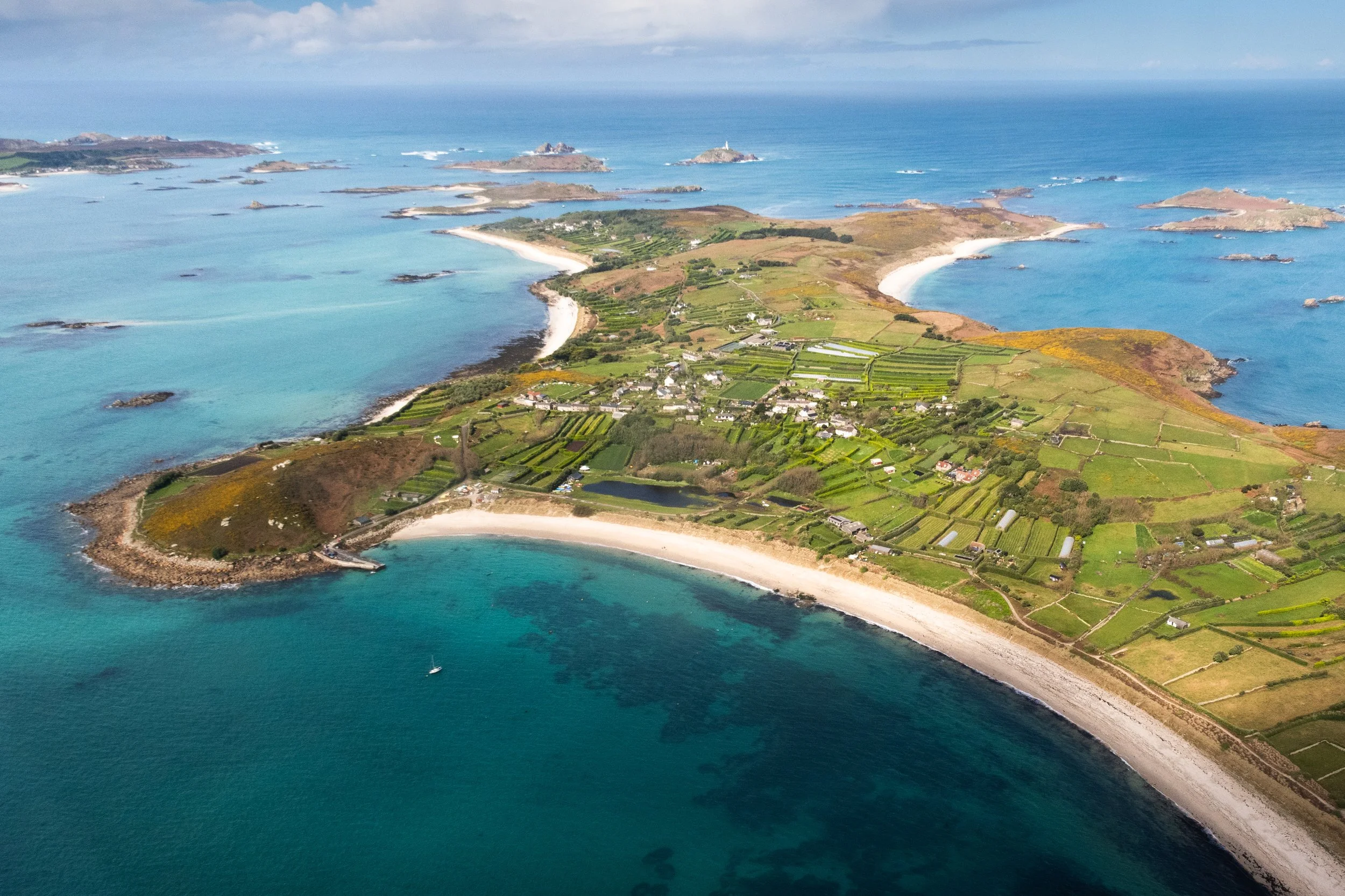
Welcome to the
Isles of Scilly National Landscape
An Area of Outstanding Natural Beauty
Isaac Ogden
In recognition of its special qualities, the Isles of Scilly was designated an Area of Outstanding Natural Beauty in 1975.
This is England’s only archipelago, a wonderful National Landscape of rugged granite headlands, sparkling sandy bays, flower-rich coastal heaths and tiny bulbfields. Of the 200 islands and rocks, just five are inhabited. Local people and visitors share this land and seascape with a dazzling array of wildlife and heritage.
NASA
At low water the islands rise out of the water and stretch out across the sandflats – it’s easy to see how this was once a single landmass. The crystal-clear waters around the isles are fantastic for their marine flora and fauna, from seagrass beds to dolphins and grey seals.
Scilly’s breeding seabird colonies are of international importance, with Manx shearwaters, storm petrels, puffins, shags and lesser black-backed gulls being amongst the species that thrive here. The sea is not always kind – the islands are known for their many shipwrecks, such as the four naval ships and 2000 sailors lost here in 1707.
Isaac Ogden
Scilly’s heathland, dunes and maritime grassland support several species found nowhere else in the UK, such as dwarf pansy, the least adder’s-tongue fern and the gilt-edged lichen. This is the only place in the country which has escaped Dutch elm disease (so far) – Scilly’s lanes lined with mature elms are a delight.
The Scilly shrew is an island speciality which hitched a ride here with prehistoric traders from its native range in continental Europe. Ringed plovers and oystercatchers still nest on beaches here, and the islands are renowned for the range of migrant birds that are seen every spring and autumn.
Isaac Ogden
Archaeology abounds, with Scilly boasting the UK’s greatest density of Scheduled Monuments. This history of use is reflected by the enclosed pastures, hedged bulb-strips, scattered rural settlements and quays.
Many Scillonian families can trace their history back centuries. Local traditions, such as gig rowing, still form an important part of island life on Scilly. Flower-farming and inshore fishing are still vibrant industries, but heritage-driven tourism has overtaken them as the mainstay of the local economy.
Isaac Ogden



